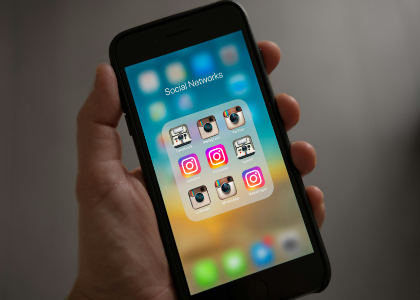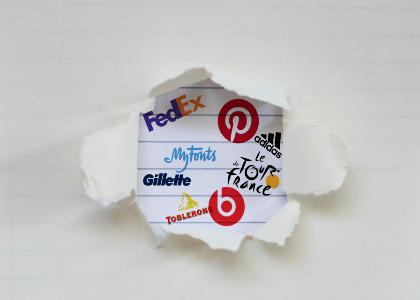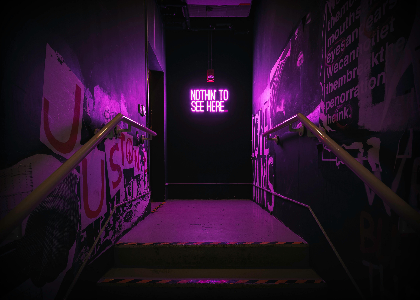Blog

How Many Variations of My Logo Should I Have?
When creating your logo, you should keep in mind that you will have to display it everywhere: on your website, social media, official documents, business cards, etc. Your logo must look good regardless of the medium. Since space or the background color can be limited, have you ever thought about having different versions of your logo? It could be useful.
Why you need multiple versions of your logo
As we mentioned, if you want to project a professional image, your logo must always look perfect, whether on the web or in print. Your main logo may not meet all your future needs. That's why it can be appropriate to have different versions of your logo. No need to rack your brains and create dozens of different logos. Here are some examples of versions of your logo that might be helpful to have. The important thing here is to ask yourself which versions are best and to understand your needs.
Your main logo
To start, there's your main logo. This is the basis of your brand image, and it is from this version that you can create variations. This logo should also be the one that is used the most. When creating your main logo, it is important for it be unique and representative. At a glance, people need to be able to understand your values and what sets you apart from the competition.
There are many types of logos that can help you highlight different elements of your branding. In short, you need to create a logo for your company and not someone else's.
Your logo consisting of only the symbol
If you choose to create a combined logo or emblem logo, you may have to, at times, use the symbol alone. That's why it's important the symbol be just as representative alone as when it is combined with your company name.
For example, if you use your logo on your website, you will need a small icon for your Favicon. Since the image is small, you are most likely going to only use the image of your logo, hence the importance of having a version without text. You can also opt for a simplified version of your logo if needed.
Your logo composed of text only
On the contrary, you may have to use a version of your logo that is only text. This is a signature logo and it is composed only of the name of the company and/or its slogan. Again, that's why you shouldn't to take choosing a font lightly. This element must also be representative, especially if it is used alone.
Your logo with a transparent background
You may have decided to add a colored background to your logo. That can very well make it more energetic. However, have you thought about also having a version with a transparent background? This could especially be useful if you have to make montages or use your logo on a colored background.
Your logo in black and white
If your logo is very colorful, the colors may not always harmonize well with the background. Therefore, having a black and white version of your logo may be necessary. Since black and white go well with all types of backgrounds, this version of your logo will look great. In addition, black and white logos provide a touch of elegance.
Did you know that FreeLogoDesign has an add-on designed specifically for logos in black and white? Yes, we can generate a version of your logo in shades of gray. It's as simple as that.
Your logo in different colors
Your brand may have multiple colors, both primary and secondary.
Have you ever thought about inverting the colors of your main logo? This could yield cool results. In addition, you could use different versions of your logo for different services or products.
For example, let's say the main colors of your logo are blue and white.
White is used for the background, while blue serves as the color for the symbol and font. Why not have a version where blue is the background color and white is used for logo elements? It could give more flexibility to your brand.
Your logo in different formats
Each format has its advantages and disadvantages, and it is important to understand them so that your logo is always well displayed. For example, PNG files offer a transparent background, but have a larger file size. JPGs have a smaller file size, but there is more loss of quality. Vector files (SVG, ESP, AI) are very useful, because they allow you to play with the dimensions of the logo without ever losing quality. However, graphic design software is required to work with these formats. In short, it is a good idea to have your logo in different formats. As an example, you can use your logo in PNG on your website, but you will need a vector version if you want to have sweaters.
When you choose FreeLogoDesign's high-resolution plan, you will get your logo in PNG and JPG of different sizes and in SVGs. So, this should cover all your basic needs regarding your branding.
In conclusion, you may end up having different versions of your logo. If so, it will simply help you meet different needs. That's exactly what we did when creating our new logo. We decided to have a combined logo as the main logo, a black and white version and another with the symbol only. You can learn more about our redesign in our article The meaning of the FreeLogoDesign logo. Enjoy creating!
More tips and tricks on the blog


